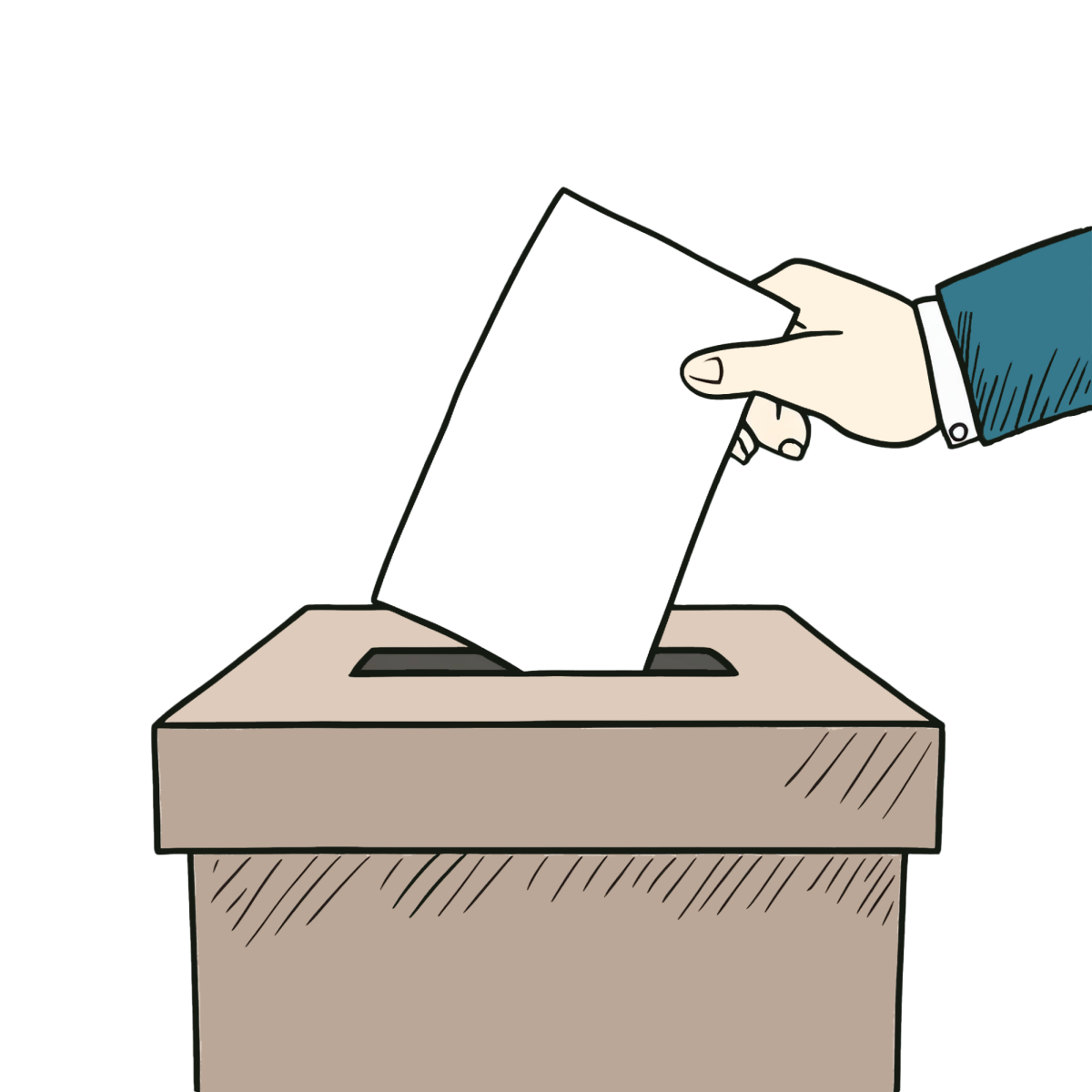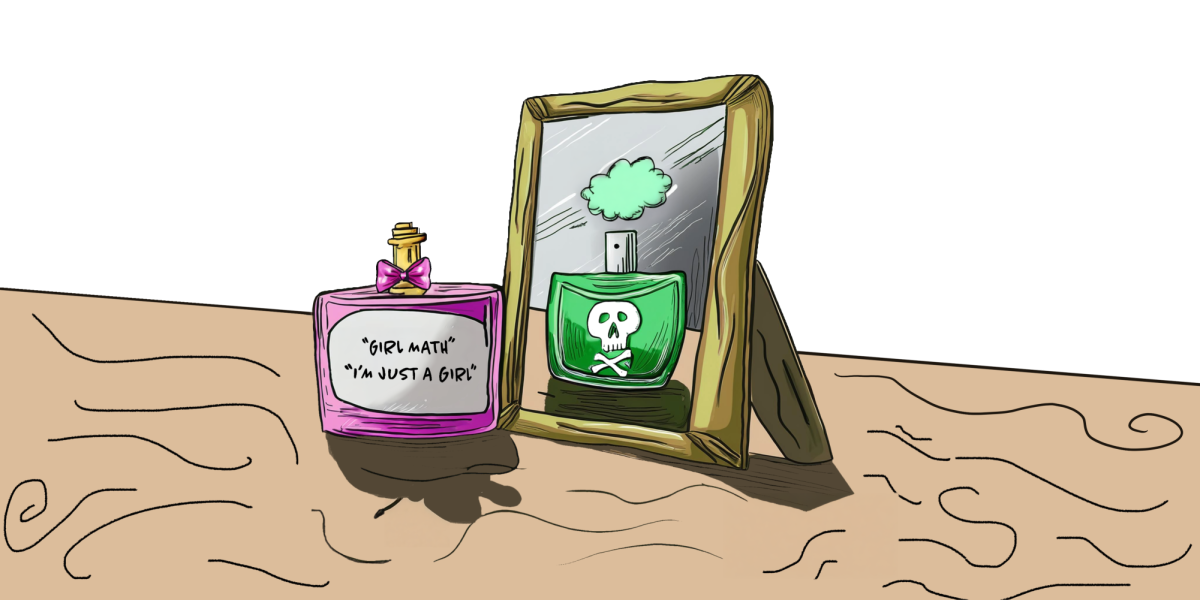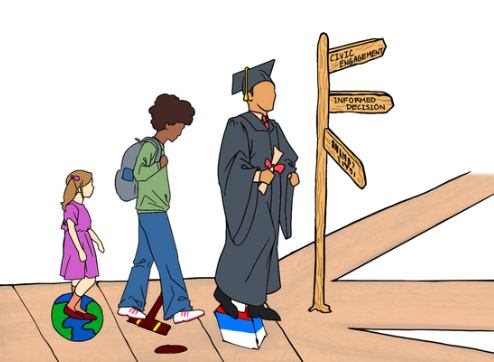Written by Elinor Aspegren
Published in the November 6, 2015 issue
It’s that time of year again. People are adorning their houses with witches and ghouls and going to Costco or Safeway to buy bite-sized candy bars and spider rings. Toddlers and teens alike are searching for the perfect outfit for roaming the night streets. Often, however, teen girls have very few choices when it comes to picking a Halloween costume. In fact, it’s hard to go to a store or look online and not find a costume with the label “sexy.”
This fact is a well-known and age-old problem. It has been discussed extensively by parents, media and schools. Hopefully, everyone knows by now that Halloween costumes are sexist. Most people, however, do not know the extent to which this disparity between genders exists and the severe repercussions these costumes have on girls of all ages.
I experienced this phenomenon firsthand when I was looking for my senior first-day- of-school costume. This year, the theme was “shipwrecked.” As I surfed Amazon, the first costume I saw was named “Sexy Swashbuckler.” Others held the creative names of “Shipmate Sweetie,” “Charming Pirate Captain” and “Pirate Wench.” As a 17-year-old girl, I found this pattern typical—it did annoy me, however, that I could not find any costume that was not remotely sexy. Out of curiosity, I decided to check the “Girls’ Costumes” page—which was hard to find as it was not listed with the others. Sure enough, I saw titles like “Sassy Pirate” and “Pirate Cutie.” It’s surprising and disheartening to me that companies are pushing gender roles on girls as young as three. In the end, I settled on a costume intended for boys.
This certainly isn’t the only example of hypersexualized costumes in the women’s aisle. A high school in Utah found that out of the 93 women’s costumes listed under “new costumes” at a local store, 67 were “sexy,” either by name or nature. Of the 87 men’s costumes also listed as new, only two fit the criteria for being “sexy.”
The sexism in women and girls’ Halloween costumes is twofold. The first and most discussed example is the former: sexualization of girls in costumes. But more, and perhaps even worse, is the permeation of everyday, occupational sexism. This isn’t the kind of sex- ism that girls face when looking for something to wear; this is the kind that affects their job, academic and general life decisions.
While a boys’ firefighter costume might consist of a bright red jacket and a traditional helmet, the girls’ version, on the other hand, is a skin-tight, short, shiny dress. While a boy’s costume actually looks like that of a firefighter, girls have to dress up in sexualized spoofs. Girls’ costumes are not representative of real jobs that firefighters or police officers occupy: jobs that require an enormous amount of intelligence, strength and courage, not a certain body type. The unprofessionalism of girls’ costumes is not only true for firefighters but also for every single potential costume option.
Luckily, this is an easy fix on the behalf of the business: costume companies simply need to carry at least some non-sexual attire for girls; moreover, when depicting careers, they need to make costumes realistic. This isn’t so easy to solve on our side of the bargain. For many girls, Halloween is the only permitted time where they can dress in a “slutty” fashion. In fact, many expect that girls wear something skimpy—if they don’t, it isn’t Halloween. If Halloween is the only day of the year where girls do not have to worry about slut-shaming, then there is something truly wrong.
When we view hypersexualized clothing as the norm for Halloween, we send a message about how we perceive the ideal woman. Only, she isn’t a woman at all: she’s merely eye candy.



















